Latest Comment
Post Comment
Read Comments
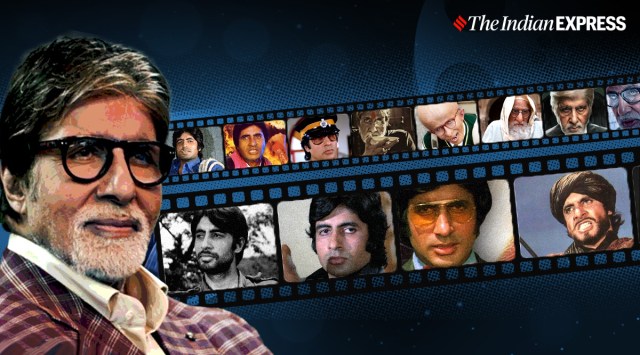 Amitabh Bachchan turns 80 on October 11 (Designed by Dinkar Sasi)
Amitabh Bachchan turns 80 on October 11 (Designed by Dinkar Sasi)Why Amitabh Bachchan still remains a powerhouse in his 80th year
 Amitabh Bachchan looks
Amitabh Bachchan looks
By the time you read this, a new film starring Amitabh Bachchan will be in theatres. Called Goodbye, it features him as a paternal figure, the kind we have become familiar with: grey hair, rimless glasses, surrounded by family and friends, dealing with the ups and downs of life.
So what, you might ask. Why is that remarkable? Because, quite simply, the one and only Bachchan, who will turn 80 this week, is still working. He is still a top star. Given his busy slate, with films scheduled to release at regular intervals down the road, it is quite clear that he has no intention of bidding us farewell anytime soon. No goodbye, only ‘hello viewer, I’m back, once again, to beguile, to entertain’.
‘Amitabh Bachchan is eternally aspirational’: Filmmaker R Balki
 A still from ‘Paa’
A still from ‘Paa’
What makes Amitabh Bachchan a sought-after actor at the age of 80 is what created his star appeal at the very beginning of his career. He is a unique personality in the history of cinema, one of the last Indian stars to preserve the air of mystique around him. More than a star, he is a character called Amitabh Bachchan. He brings a lot of what it is to be Bachchan — his traits and uniqueness — into every role that he essays. You can’t compare him with anyone else.
What makes a retrospective of Amitabh Bachchan’s early films a show-stopper
 Shivendra Singh Dungarpur has curated the film festival that showcases the best of Bachchan’s early films that launched him as a superstar (Courtesy: Shivendra Singh Dungarpur)
Shivendra Singh Dungarpur has curated the film festival that showcases the best of Bachchan’s early films that launched him as a superstar (Courtesy: Shivendra Singh Dungarpur)
To paraphrase François Truffaut, it was a lovely time of life, when one cared more about those we admired than oneself. That’s how I felt about Amitabh Bachchan growing up. It was an obsession. I have broken bounds in boarding school to watch his films, been thrown out of class for writing notes in my Bachchan diary that had details of every film that I had watched from Bansi Birju (1972) to Don (1978) to Mr. Natwarlal (1979), stood outside his Juhu home as a college student waiting for that momentary glimpse and that small wave from my idol. This obsession made me decide to become a filmmaker right from my school days. The first time I met him was as a young student at a Film and Television Institute of India (FTII) workshop and I was overwhelmed. I would never have imagined then that years later I would have the opportunity to direct him in several commercials and films for the Film Heritage Foundation and more importantly to work with him so closely on saving India’s film heritage.
‘If I did not explore art, my life would remain unfulfilled’: Lalu Prasad Shaw
 Lalu Prasad Shaw (Photo courtesy Gallery Art Exposure)
Lalu Prasad Shaw (Photo courtesy Gallery Art Exposure)
You started at the age of 30 and have constantly experimented with mediums, from gouache and printmaking to tempera. Can you tell us about this need to experiment?
The mediums I’ve used best fit my need for both expression and sustenance at the time. In art college (Government College of Art and Craft, Kolkata), I switched from a course called commercial art to painting, where I gained skills across various mediums — experimentation was a natural part of the learning.
Vasaanthi’s Breaking Free brings alive the complex world of devadasis
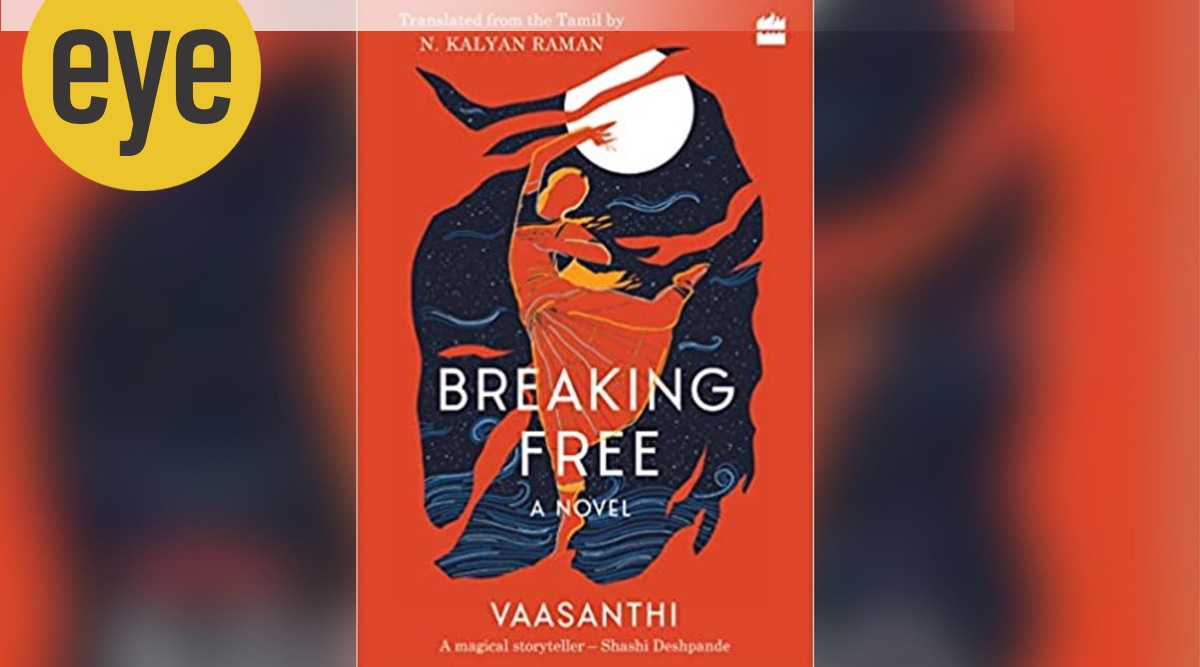 Book cover of ‘Breaking Free’ by Vaasanthi (Source: Amazon.in)
Book cover of ‘Breaking Free’ by Vaasanthi (Source: Amazon.in)
Breaking Free, the recently released translation of Vaasanthi’s 2012 Tamil novel Vittu Vidhuthalaiyagi, by N Kalyan Raman, is a powerful feminist work that exposes the deep-seated trauma associated with the disenfranchisement of the community of hereditary courtesan dancers — the devadasis — of south India. Historically, the dancers from the Isai Vellalar community were married to the local deity and served in the temples and courts. Their art (dance and vocal music) was patronised by kings and zamindars, which often meant that the women had to enter into non-conjugal, sexual relations with their patrons, rendering them as objects of ridicule and ostracism outside of this structure.
How Faraz Arif Ansari’s ‘Sheer Qorma’ gives the LGBTQ a seat at the table
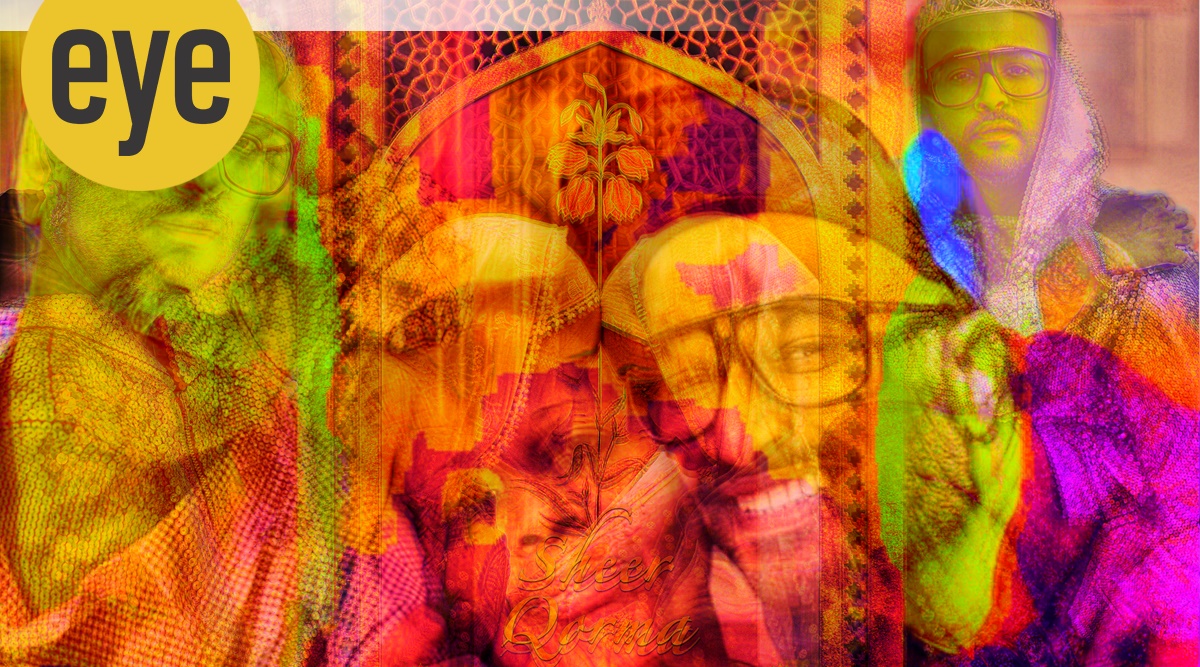 Faraz Arif Ansari’s film Sheer Qorma shows us that belonging in this world is all about accepting the identity of oneself and protecting that of the other (Credit: Suvir Saran)
Faraz Arif Ansari’s film Sheer Qorma shows us that belonging in this world is all about accepting the identity of oneself and protecting that of the other (Credit: Suvir Saran)
Last Friday had many of us from Delhi rushing to Gurugram to attend the opening night of Tushar Tyagi’s Yellowstone International Film Festival at DLF Cyber Park. Despite the early evening call for the red-carpet festivities, the auditorium and outside were abuzz with glamour and clamour. Cameras clicking away, cocktails flowing, the glitterfest of the glitterati being lived as rush-hour traffic lit the highway with all shades of ruby, emerald and diamond. It was a transportive moment where attendees had forgotten the hours spent to get to the film festival and now were regaling themselves in the reverie of decadence for an hour before the start of the award ceremony and the Delhi premiere of director Faraz Arif Ansari’s movie “Sheer Qorma”.
Review: The Life and Times of George Fernandes is a tale of how youthful idealism gives way to compromises
 George Fernandes addressing an All India Railwaymen’s rally in Delhi on May 8, 1979. (Credit: Express Archive)
George Fernandes addressing an All India Railwaymen’s rally in Delhi on May 8, 1979. (Credit: Express Archive)
Socialism is cursed. Perhaps, no political ideology in the world has gone through as many virulent mutations as socialism has. Its irresistible charm had once appeared likely to embrace the entire world. The language and idioms emanating from the practitioners of socialism turned out to be fatally seductive to people of many nations, yet these continued to get traction.
Review: John Zubrzycki’s The Shortest History of India acts as an antidote to blinkered images of India’s past on social media
 The Shortest History of India by John Zubrzycki; Picador India; 288 pages; Rs 599. (Source: Amazon.in)
The Shortest History of India by John Zubrzycki; Picador India; 288 pages; Rs 599. (Source: Amazon.in)
One of the key axioms of the discipline of history is that the past finds a way to sneak its way into the present. That truism is finding expression today in disparate, even paradoxical, ways. On the one hand, the discipline of history seems to be embattled as the past is drawn into current ideological battles. Events and personalities of ancient and medieval times are subject matter for popular culture, notably cinema. On the other hand, interest in historical research seems to be spreading beyond academia. The proliferation of works directed at a non-academic audience testifies to this phenomenon. Professional historians and scholars without affiliation to institutions have participated in this efflorescence.
Pyllida Jay’s ‘Inspired By India’ explores the many ways Indian design aesthetics determined the course of Western fashion
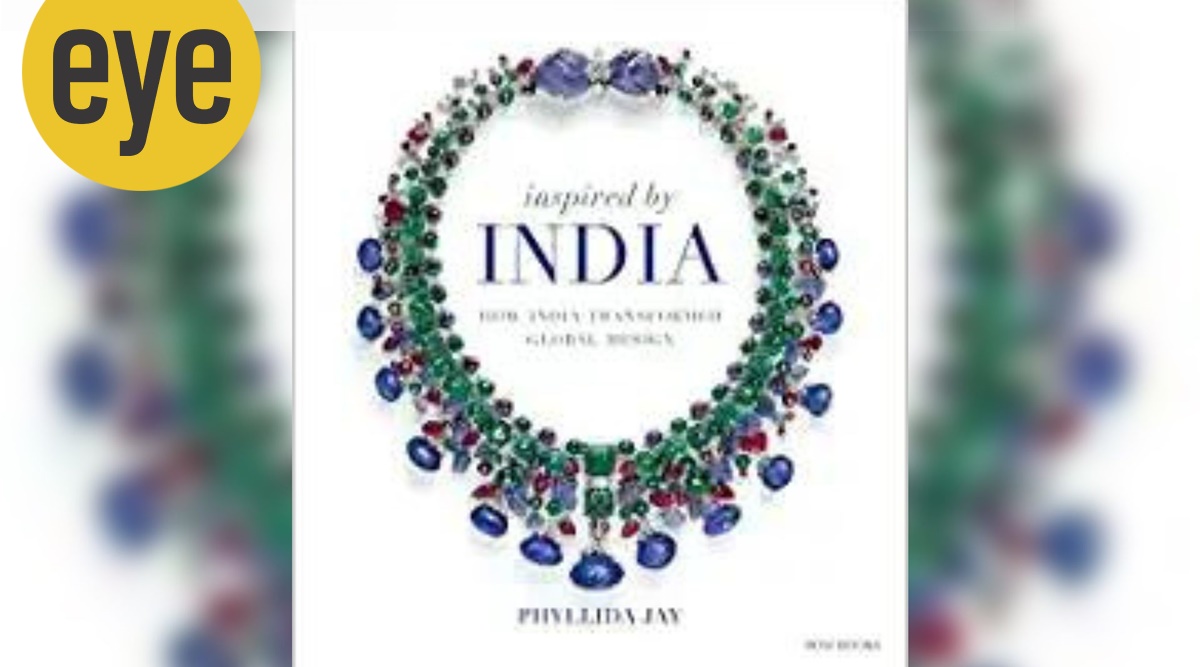 Book cover of ‘Inspired by India: How India Transformed Global Design’ by Phyllida Jay (Source: Amazon.in)
Book cover of ‘Inspired by India: How India Transformed Global Design’ by Phyllida Jay (Source: Amazon.in)
In January this year, there was a storm of social-media protests over an episode of the Sex and the City sequel series, And Just Like That. Carrie Bradshaw (Sarah Jessica Parker) is invited by her new friend Seema Patel (Sarita Choudhury) to her family’s Diwali party and the two walk into a “sari” shop to buy appropriate apparel for the event. Only, as most South Asian viewers pointed out, the outfits in the shop are actually lehengas and what Carrie finally wears to the party is also a lehenga. Outraged cries rung out over this “cultural flattening” — presumably the makers of the show thought that distinguishing one South Asian garment from another would prove too bothersome for a viewership that speaks fluently in Balenciaga and Alaïa — but the episode helped highlight, albeit inadvertently, the zones of grey between inspiration and appropriation.
In this season of dengue and other mosquito-borne diseases, why dragonflies matter
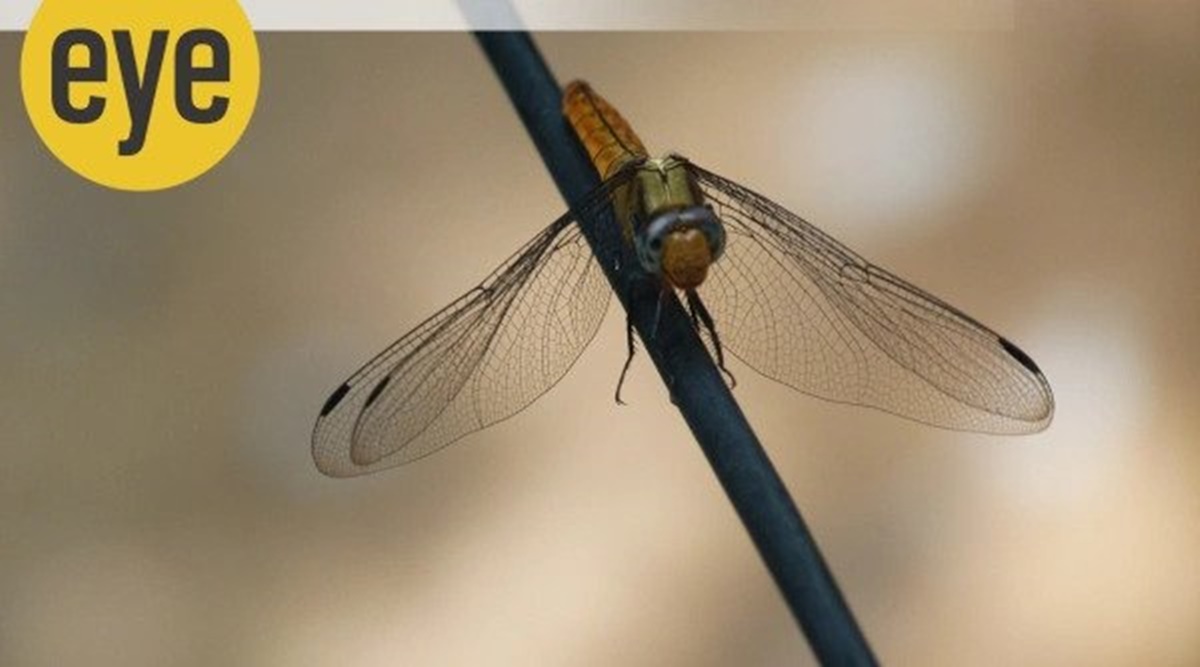 A dragonfly (Credit: Ranjit Lal)
A dragonfly (Credit: Ranjit Lal)
August, I believe, was celebrated as “Dragonfly Month” and all through it, I scanned the skies around my neck of the woods for the squadrons of these breathtaking glittering insects, launching hunting sorties after flies, butterflies and even other dragonflies, as well as patrolling and ferociously protecting their own airspace. The skies, alas, remained empty and I began to wonder if this had anything to do with the near total absence of rains in Delhi during that month. Dragonfly nymphs (not nymph-like by any stretch of the imagination) prowl underwater for a year or more, snatching tadpoles, small fishes and other underwater dwellers before finally hauling themselves out via plant stalks and morphing into the gorgeously tinted insects that we know. They live for a far shorter time as aerial hunters than they do underwater. Was it possible that a large number of dragonfly nymphs, that hatched perhaps last year, and prowled the depths since, simply died off because their ponds and water bodes dried up due to the lack of rain, leading to a lack of food?



